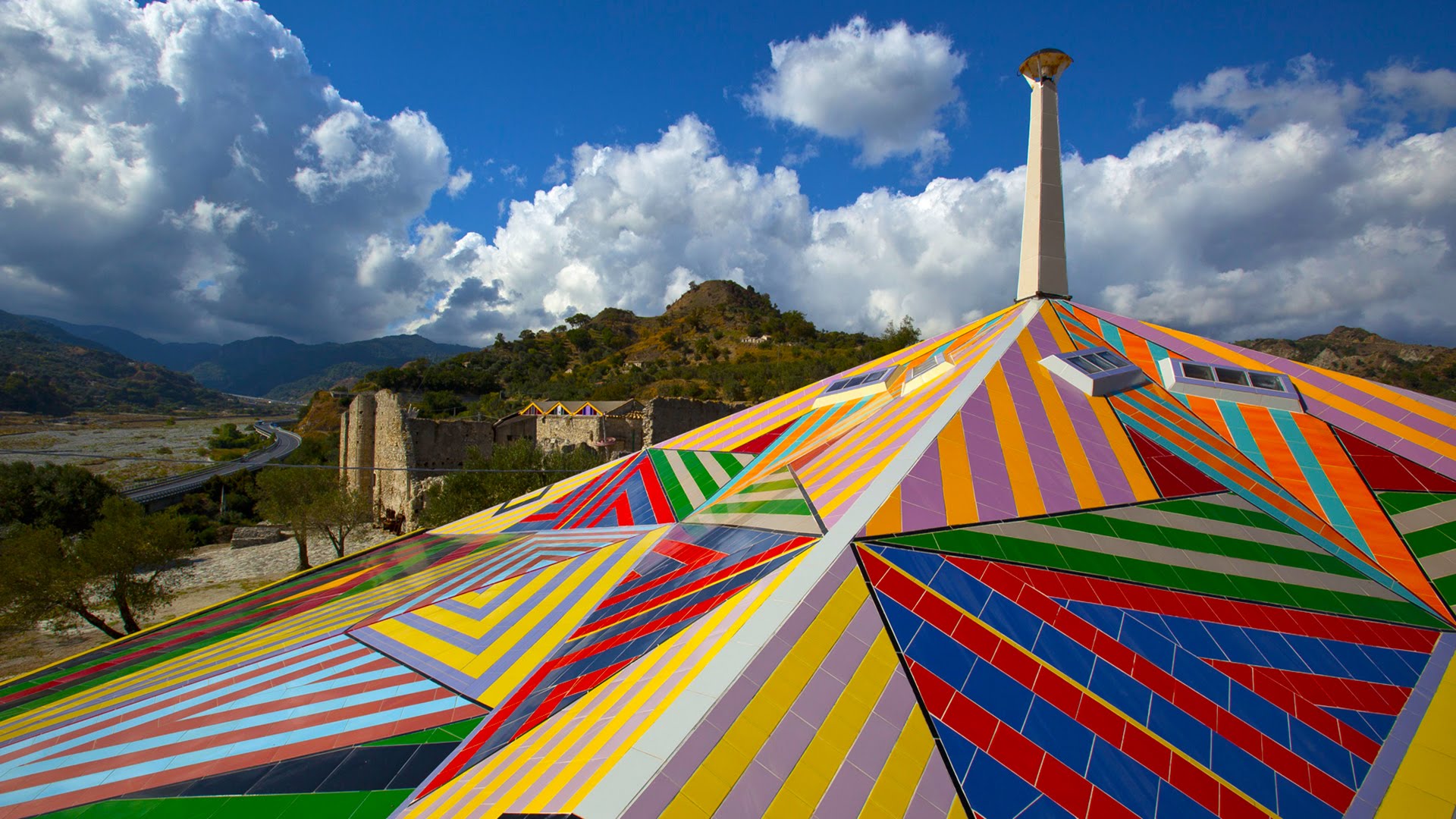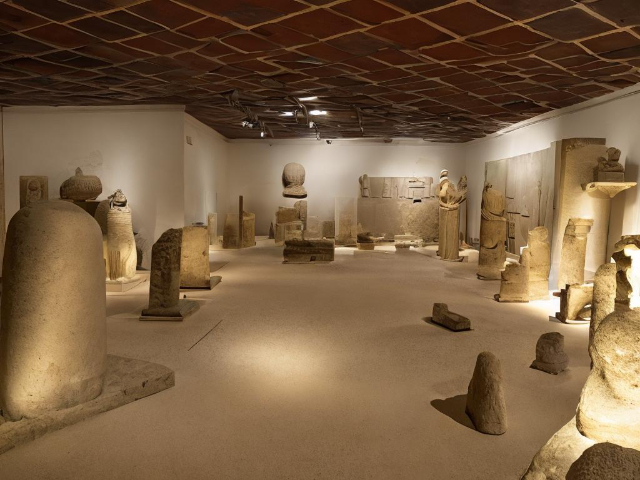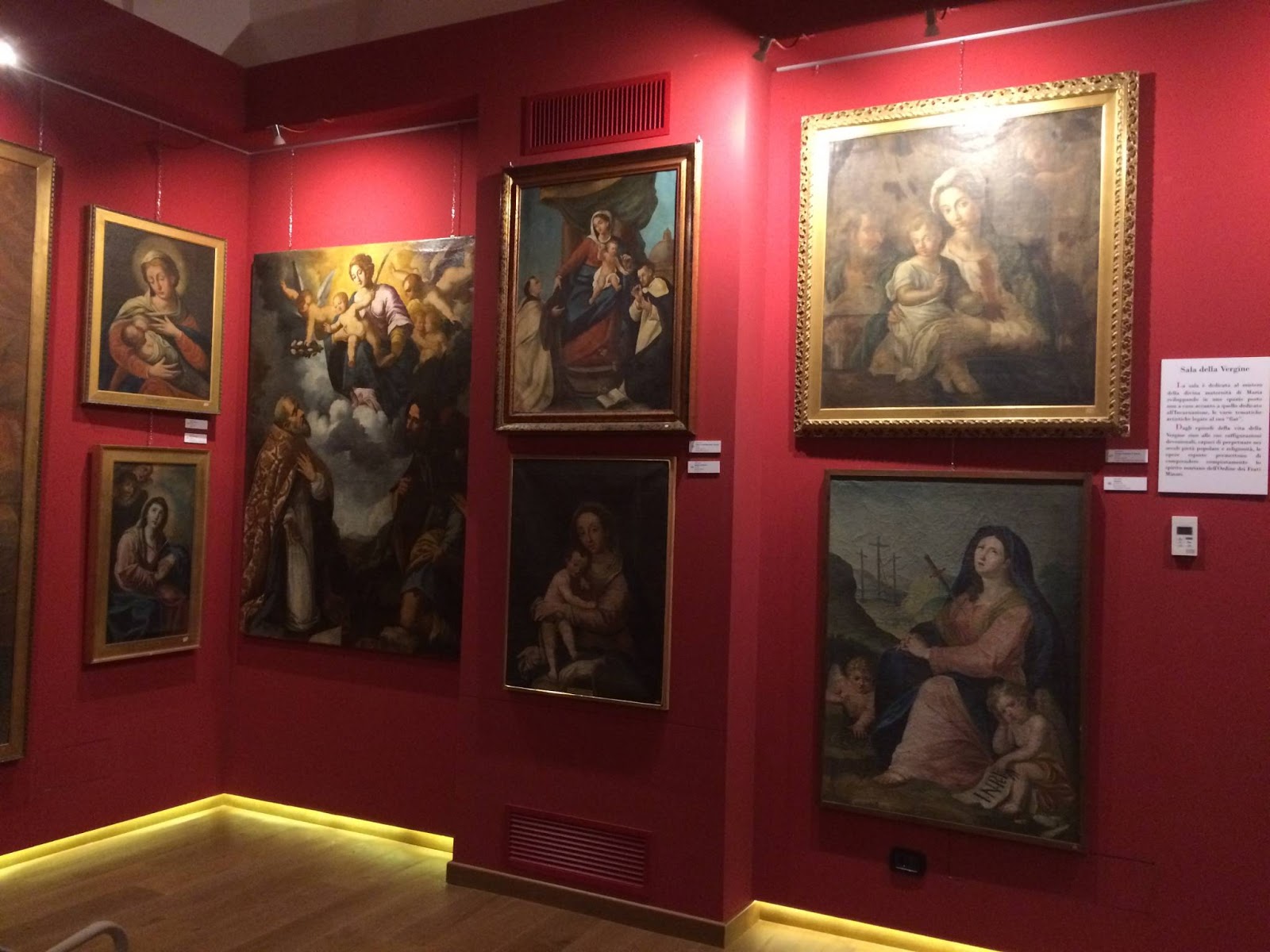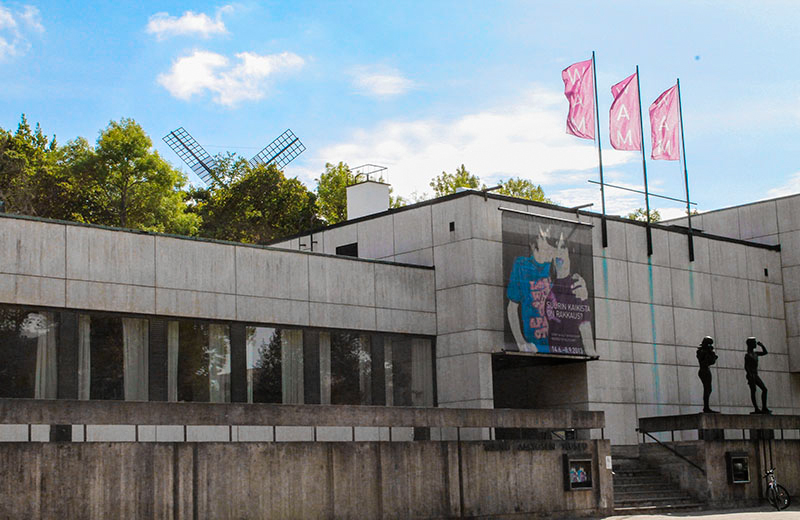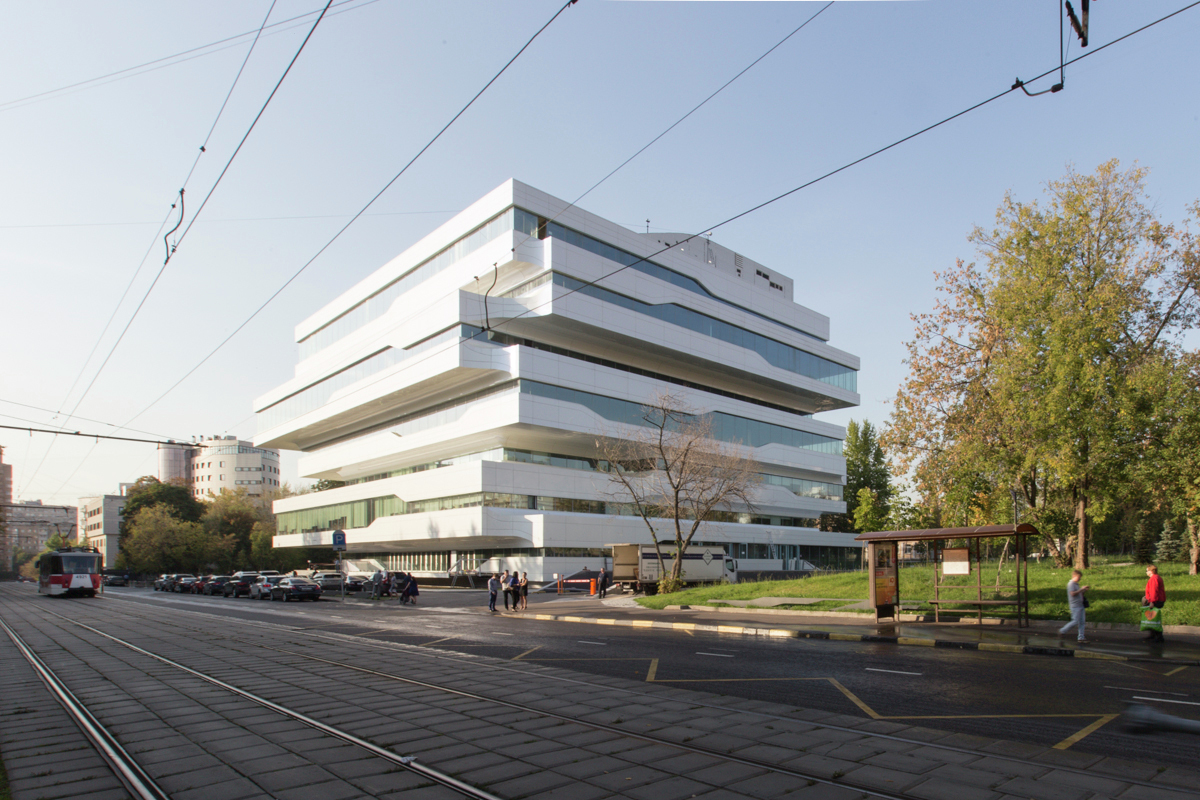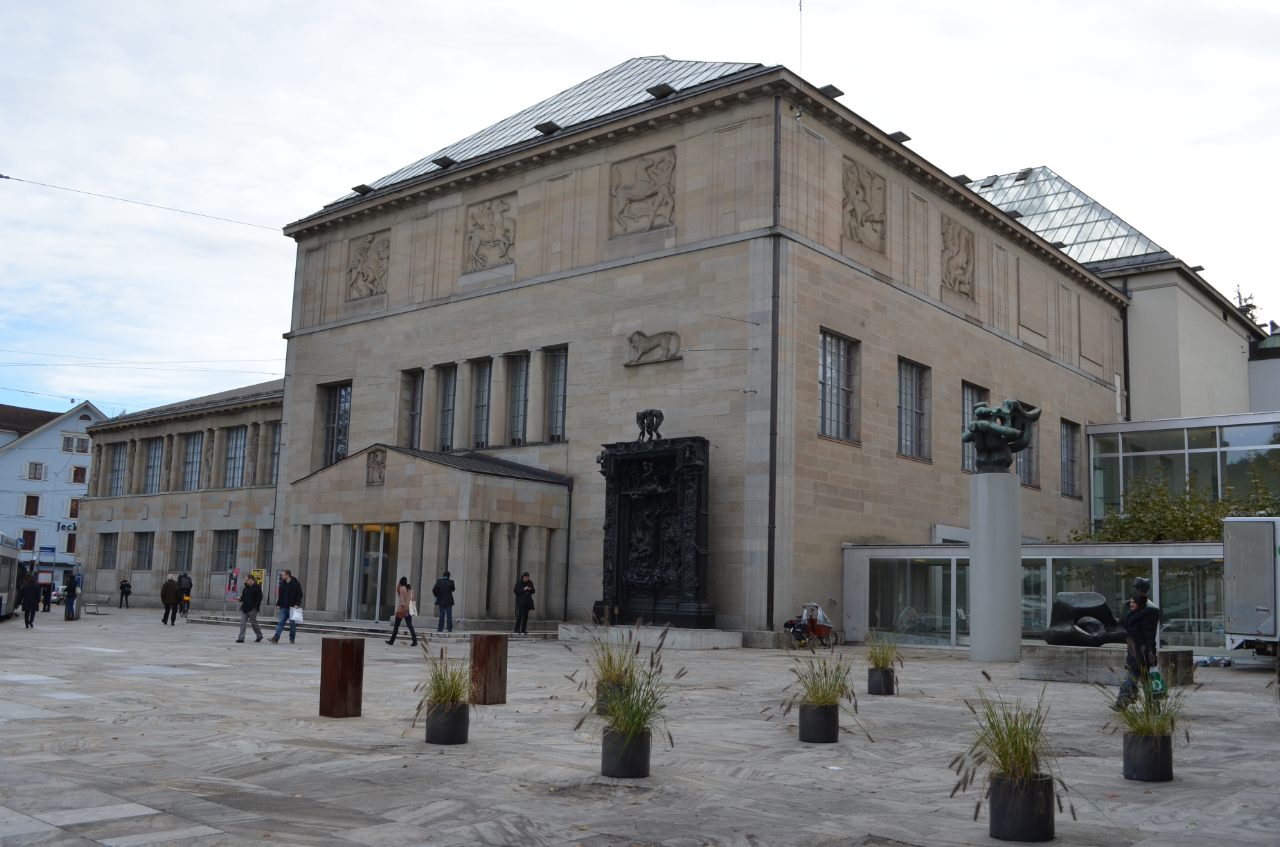Those who arrive in the small village of Mammola – famous for its fish stock – along the road that connects the Ionian and Tyrrhenian Sea, cannot remain indifferent to the colourful appearance of Nik Spatari’s sculptures: monumental works that peep out from the top of the hill on which stands the Santa Barbara Park, an open-air museum to be mentioned among the most original beauties of Italy.
From the filiform Shadow of the Evening (2006), a giant figure of a man 15 metres high in the middle of the cloister of the guesthouse, to the Universal Concept (1983), the most imposing work of the Santa Barbara Park, which has become the symbol par excellence of the MuSaBa museum, the glance conquers the visitor and captures the simple curious person who, unaware, finds himself walking along an anonymous State Road in Calabria.The encounter between the internationally renowned artist Nik Spatari and his wife Hiske Maas with the Calabrian land, on the abandoned hill between two seas, was love at first sight, although Spatari came from an environment like Paris, where he used to frequent the studio of Le Corbusier, who initiated him into Primitivism, and met Jean Cocteau, Pablo Picasso and Max Ernst.It was 1969 when Nik Spatari, together with his wife, with whom he shared the Spatari-Maas Foundation, decided to give Calabria a utopian experience, unprecedented in the region and, to date, with few comparisons on the national territory: the MuSaBa – Parco Santa Barbara, or rather a museum-laboratory, on the abandoned ruins of the ancient Monastery of Santa Barbara (4th century B.C.).Among the most significant works for the creative and spiritual journey of Nik Spatari, as well as one of the most evocative of the entire visit to MuSaBa, Job’s dream, otherwise known as the "Sistine Chapel of Calabria", a dream 14 meters long, 6 meters wide and 9 meters high, the one that Job deploys on the vault of the apse of the former Monastery.
